Two probability distributions of the discrete random variables X and Y are given below.
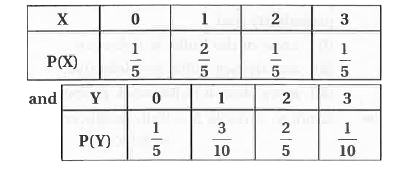
Prove that E(Y2)=2E(X).Solution in Gujrati
Step by step video & image solution for Two probability distributions of the discrete random variables X and Y are given below. Prove that E(Y^(2)) = 2E(X). by Maths experts to help you in doubts & scoring excellent marks in Class 12 exams.
Updated on:21/07/2023Topper's Solved these Questions
- PROBABILITYBook:KUMAR PRAKASHANChapter:PROBABILITYExercise:Solutions of NCERT Exemplar Problems (Long Answer Type Questions)
Explore 16 Videos
- PROBABILITYBook:KUMAR PRAKASHANChapter:PROBABILITYExercise:Solutions of NCERT Exemplar Problems (Objective type Questions)
Explore 38 Videos
- PROBABILITYBook:KUMAR PRAKASHANChapter:PROBABILITYExercise:Textbook Illustrations for Practice Work
Explore 37 Videos
- MATRICES Book:KUMAR PRAKASHANChapter:MATRICES Exercise:Practice Paper - 3 (Section - D)
Explore 1 Video
- RELATIONS AND FUNCTIONS Book:KUMAR PRAKASHANChapter:RELATIONS AND FUNCTIONS Exercise:Practice Paper - 1 (Section - D)
Explore 2 Videos
Similar Questions
An urn contains m white and n black balls. A ball is drawn at random and is put back into the urn along with k additional balls of the same colour as that of the ball drawn. A ball is again drawn at random. Show that the probability of drawing a white ball now does not depend on k.
View SolutionIf P(A)=45 and P(A∩B)=710 then P(B/A) is equal to = ……..
View SolutionIf P(A)=713,P(B)=913 and P(A∩B)=413 evaluate P(A∣B)
View SolutionFor matrix A=⎡⎢⎣11112−32−13⎤⎥⎦ . Prove that , A3−6A2+5A+11I=0. Hence find A−1 using it .
View SolutionLet : f:N→N be defined by f(n)={n+12 if n is oddn2 if n is even for all n∈N .
State whether the function f is bijective . Justify your answer.
View SolutionDetermine the point of symmetry of a regular hexagon.
View SolutionDtermine the images of the following figure about the given line :
View SolutionMatch the following Column A to Column B
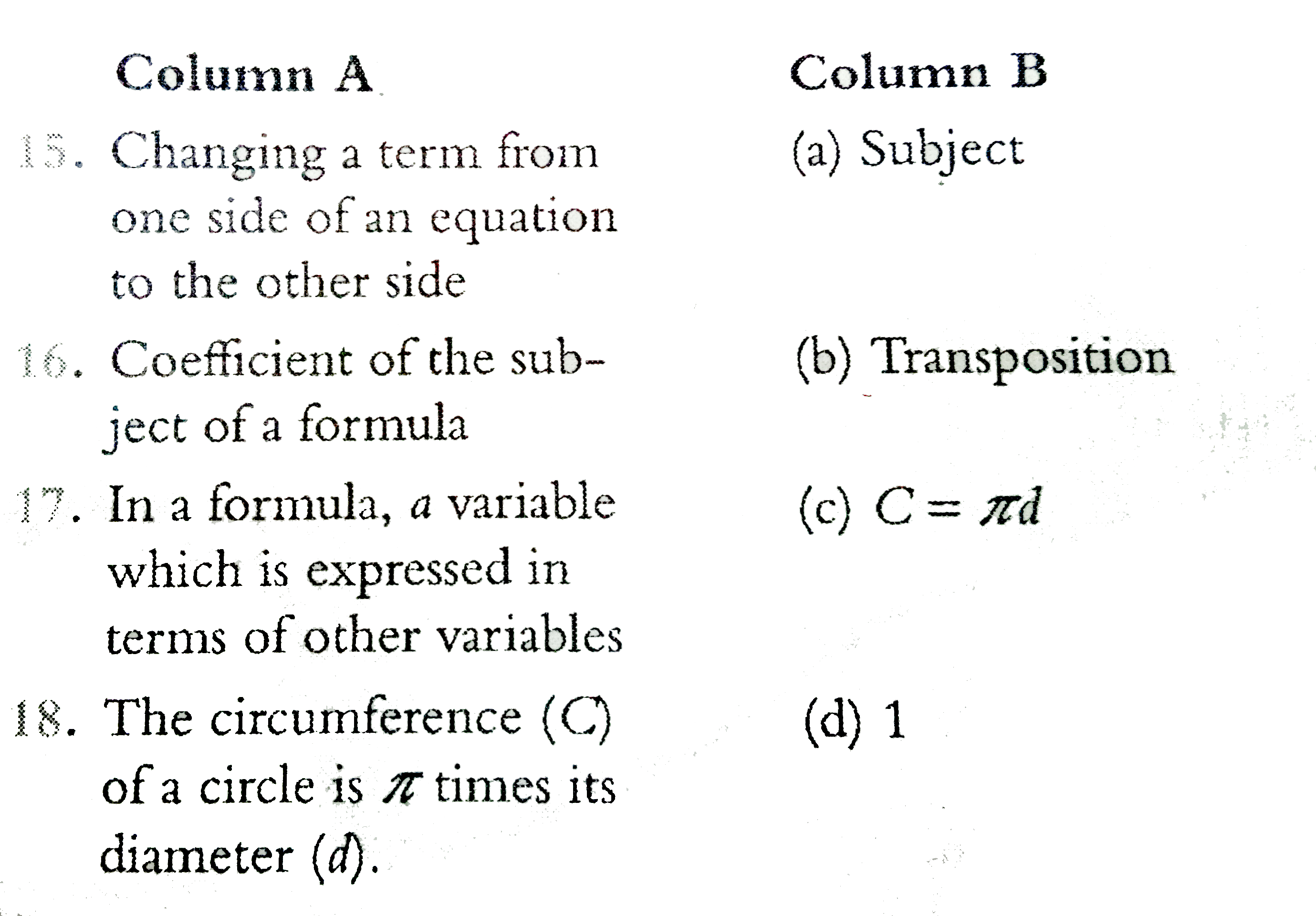
View SolutionMatch the following Column A to Column B
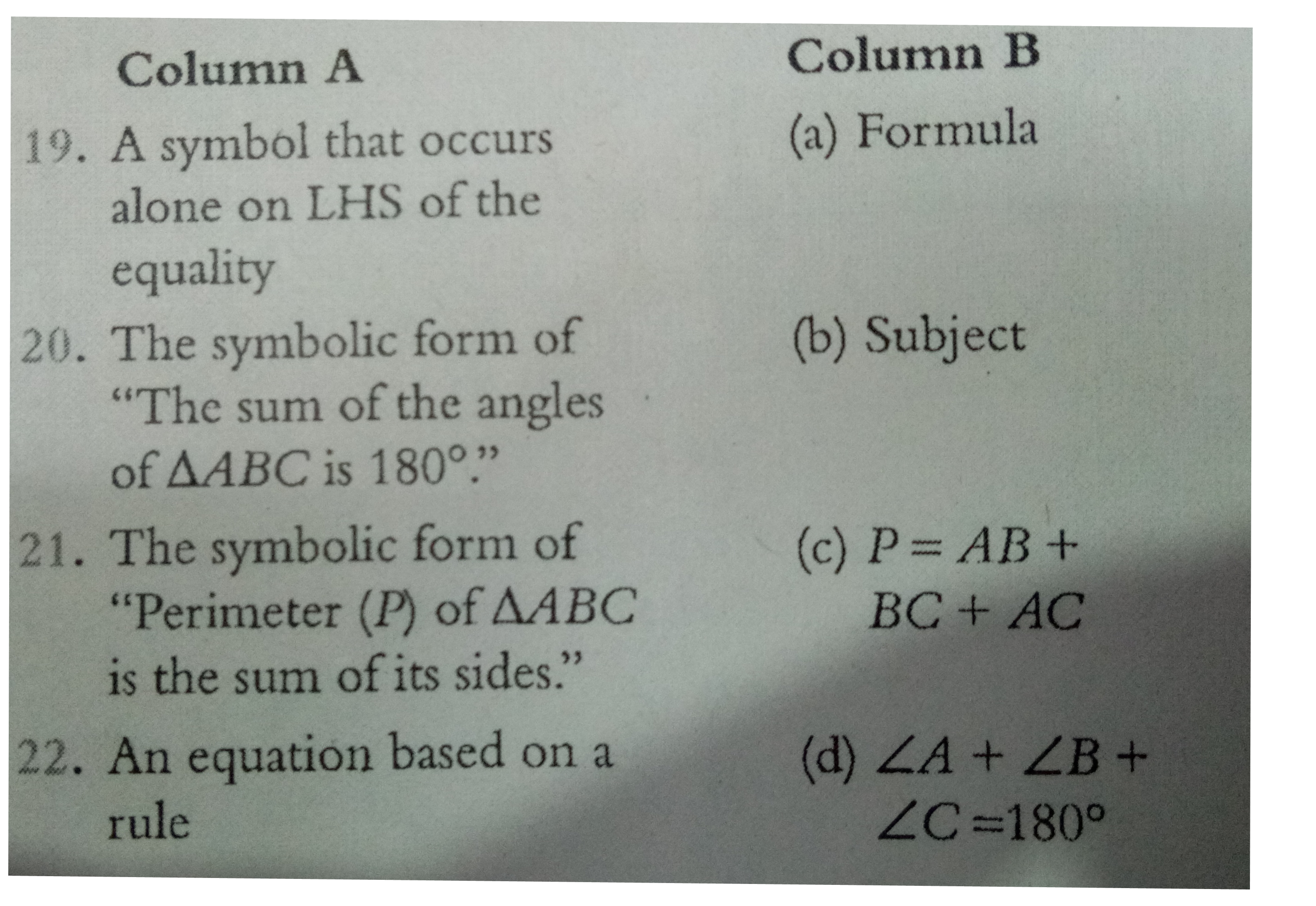
View SolutionMatch the following Column A to Column B
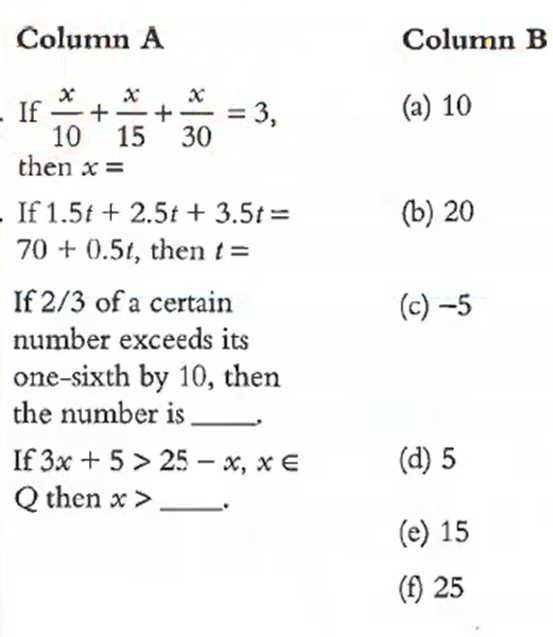
View SolutionFind the area of figure given below.
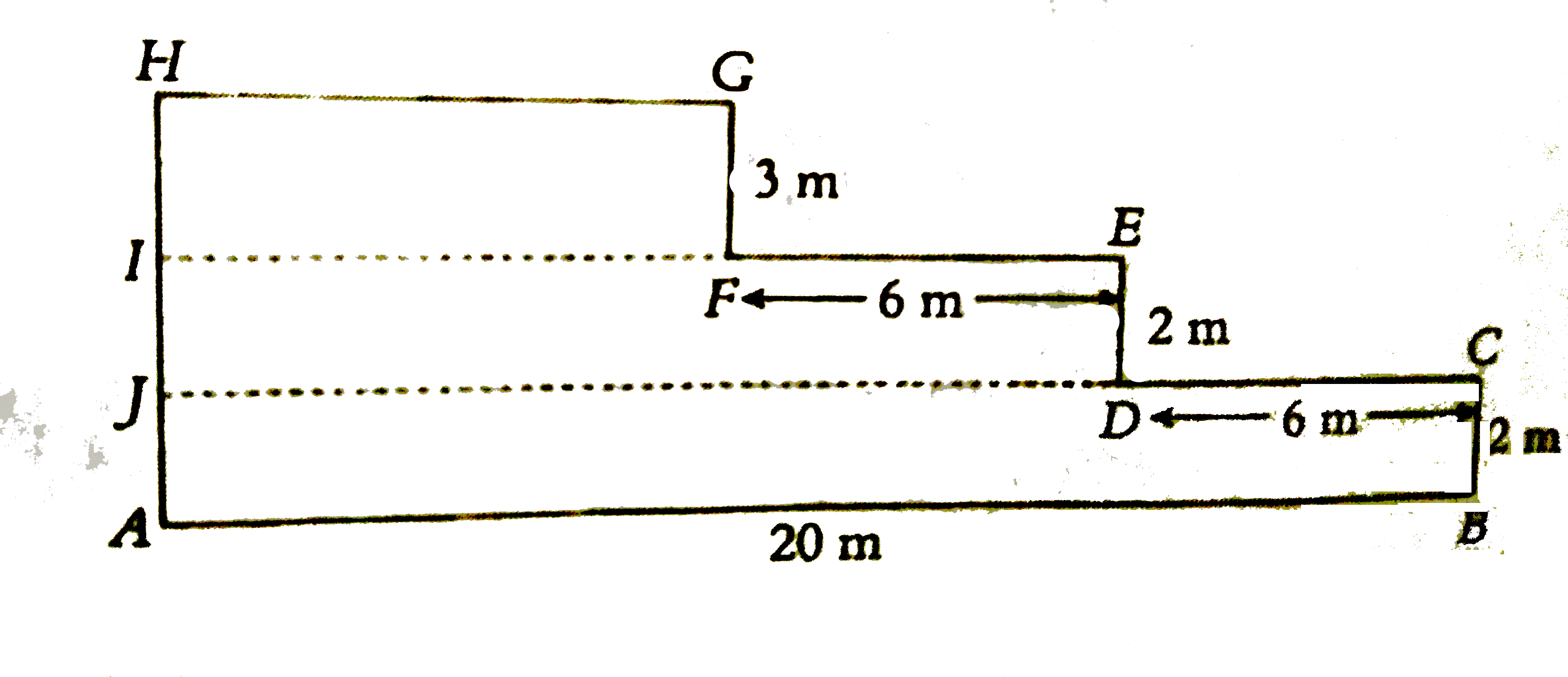
View SolutionFind the perimeter of the figure given below.
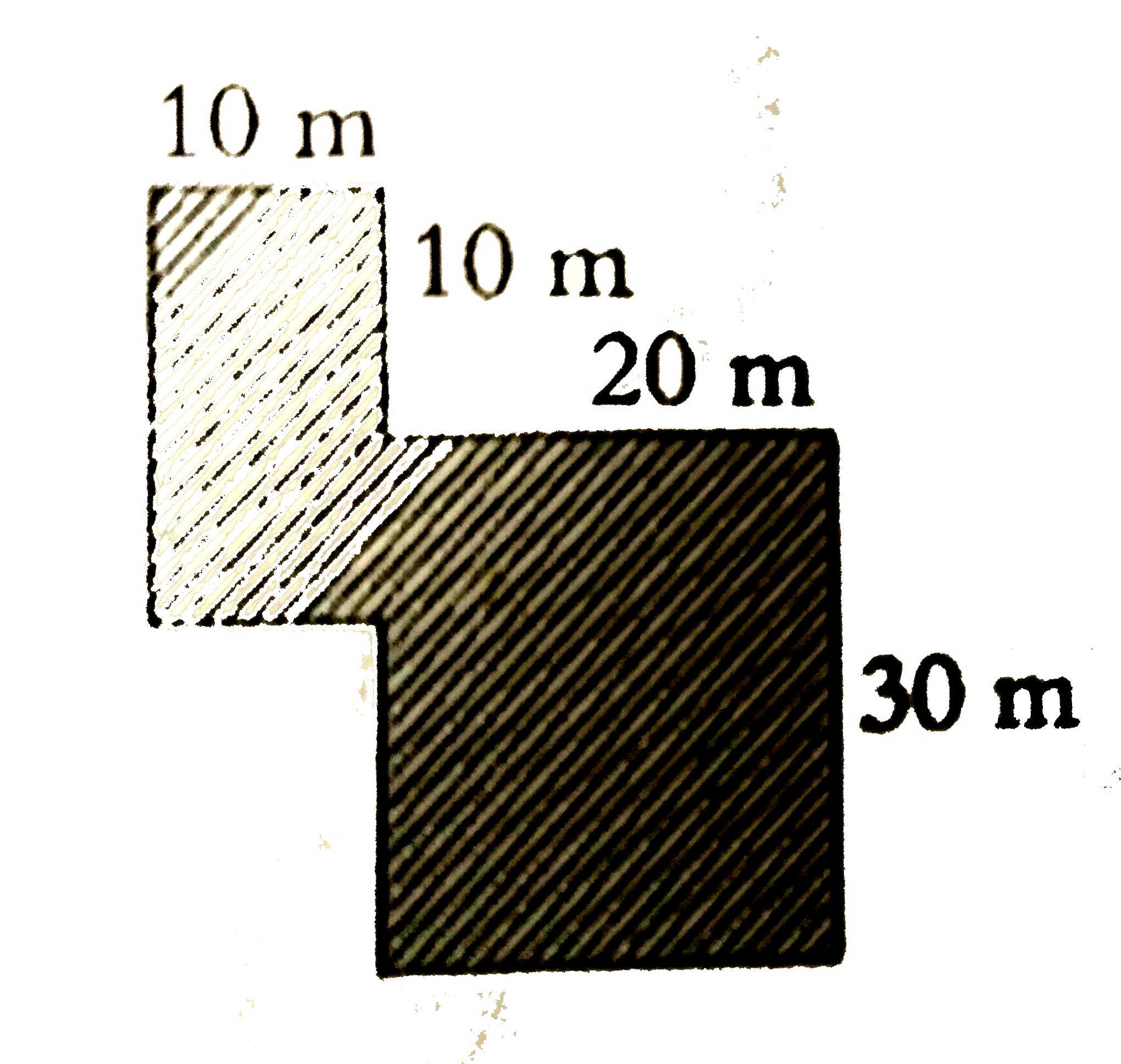
View SolutionFind the area of the figure given below.
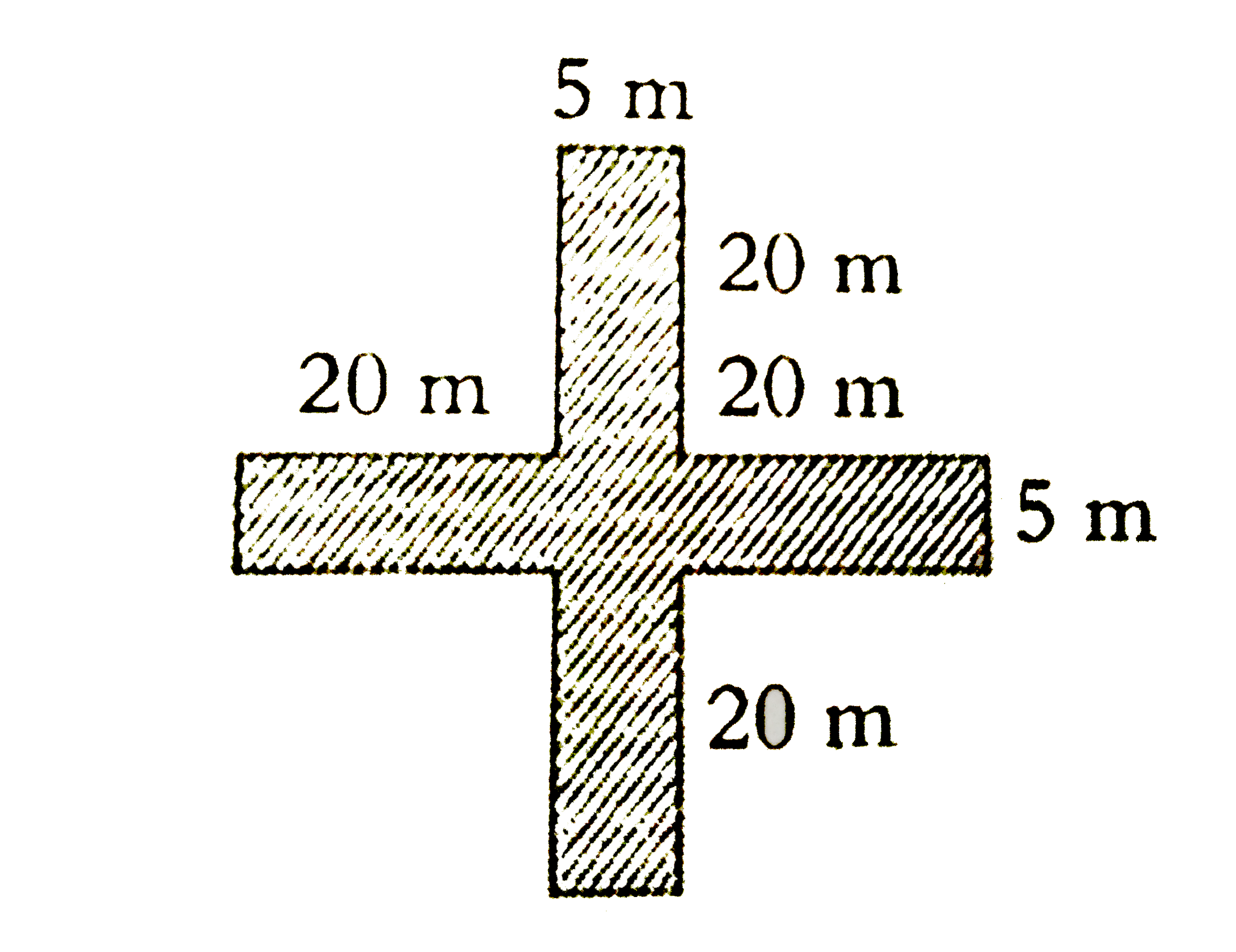
View SolutionThe area of the shaded part in the figure given below is ______.

View SolutionThe inequation represented by the graph given below is :
View SolutionThe inequation that best describes the graph given below is _________
View Solution